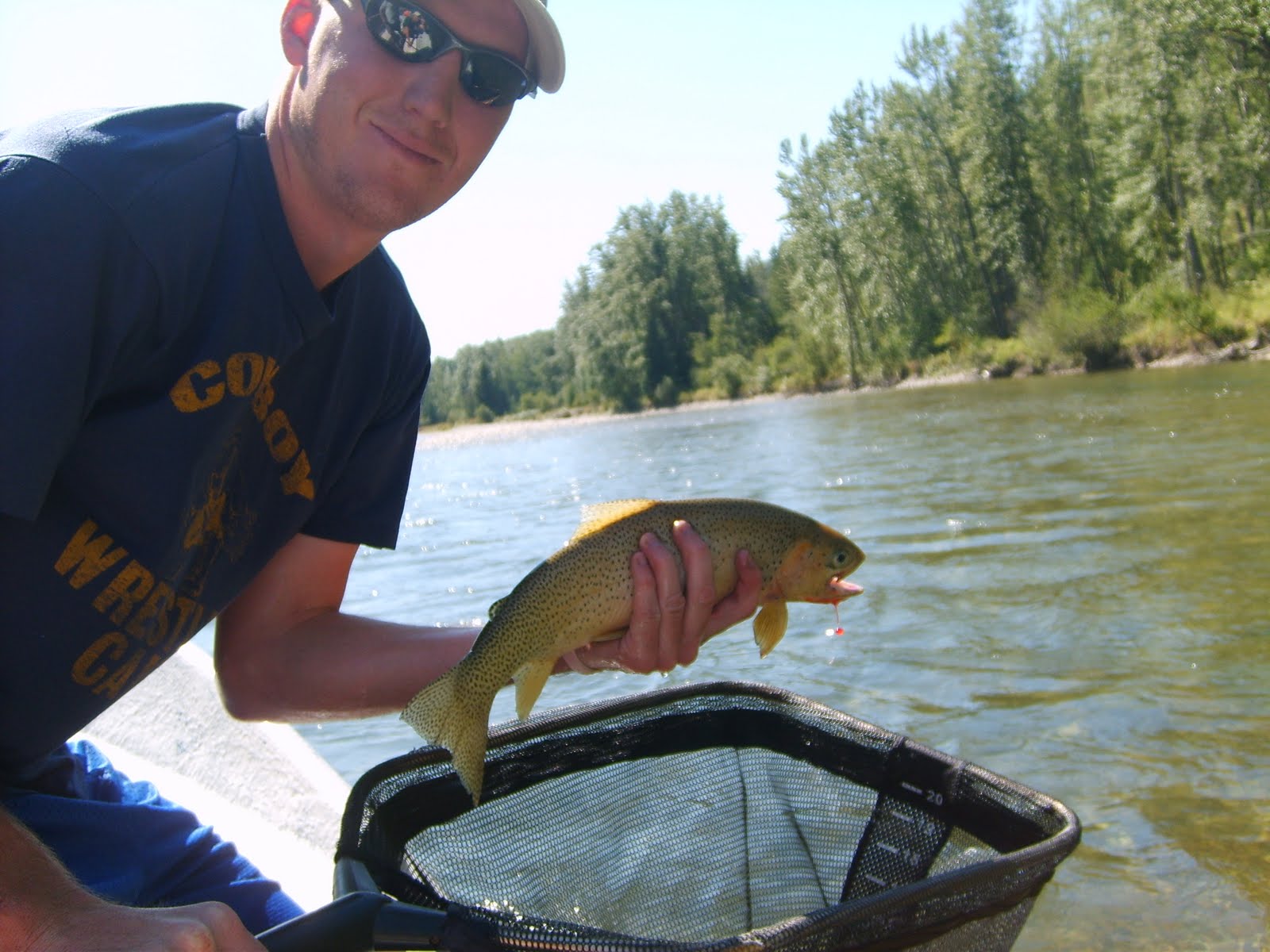In Chemistry, percent yield is used to show what materials you have left and how much leeway you have in an experiment। This is a really great tool for scientists to use. It gives them a chance to see how much of a substance produces with the limited materials. With all this in mind, How does Aluminum take the place of Copper in Copper (II) Sulfate? I predict that Aluminum and copper switch places because of Single Displacement.
3CuSO4 + 2Al = Al2(SO4)3 + 3Cu
Purpose:
To determine the number of grams of copper that will be produced from an oxidation reduction reaction when you know the mass of Aluminum that reacted with a known amount of copper II sulfate pentahydrate and to compare this to the actual yield of copper. Also to determine the percent yield of Copper II Sulfate Pentahydrate by determining the theoretical percent yield.
Materials and Setup:
You will obtain a measured sample if aluminum foil and a measured amount of copper sulfate pentahydrate. You will then react the two in a n aqueous medium within a medium sized beaker: stirring frequently. You wi
 ll filter, dry, and weigh the resulting product.
ll filter, dry, and weigh the resulting product.Procedure:
1. Obtain a medium sized( 250 to 400 ml) beaker.
2. add 75 to 100 ml of water to beaker: set-up apparatus to heat your mixture over a bunsen burner to begin heating.
3. measure out about 15g of Copper (II) sulfate pentrahydrate (CuSo4* 5H2O) and record the mass in the data table. Then slowly add the crystals to the heating water.
4. with a glass stirring rod, stir the solution until the Copper II sulfate pentahydrate is dissolved.
5. while the copper sulfate crystals are dissolving one member of the group can go and get the foil. Carefully weigh out a piece of aluminum foil that weighs between .7 to 1.0 grams. Record the mass exactly into the data table (thousandths place).
6. Tear the foil into small pieces and carefully add it to the hot solution with continuous stirring until all the foil is placed into the beaker.
7. Stirring frequently allow the reaction to occur until you cant see anymore silvery foil pieces. This will take 15 to 20 minutes so be patient. Once you can't see anymore foil pieces no matter how small, heat and additional 3 to 4 minutes, then remove from the heat.
8. write your names around the outside edge of a filter paper(so you can claim it later), weigh and record the mass in the data table.
9. use the filter paper and your funnel to filter the residue in the beaker, catching the filtrate into the Erlenmeryer flask provided.
10. Rinse out your beaker with a small (amount just covering the bottom of the beaker) of water to be sure you obtained all of the product/ residue.
11. Remove the filter paper from the funnel and spread it out on a paper towel to dry overnight.
12. Clean and dry the glassware. Be sure the propane is turned off and Bunsen burner disconnected and put away. Straighten up the area.
13. Upon returning the next day. Weigh the filter paper and dry residue and record that mass in the data table. Throw filter paper and residue away.
14. Construct a data table with the following parts:
mass of copper II sulfate pentahydrate
Mass of aluminum foil
mass of coffee filter
Mass of dry Residue/product+filter paper.
 Safety:
Safety:In this lab safety is a big issue considering you are working with a Bunsen burner and potentially hazardous chemicals. So you should wear the proper safety gear, such as: Goggles, aprons, gloves and make sure that your instructor is in the room just in case something crazy like and explosion happens. Make sure you know where all the First Aid kits are and make sure that you know how to use the eye washer and shower stations just in case you get some of the chemicals explode on to you or your eyes.Also be aware where your fire blanket is in the room since we are dealing with fire. Be sure that if there is any broken glass to put it into the the designated area in your class room. We'd rather no one lose and eye during this product.
During Procedure:
During this procedure we used various amounts of lab equipment to make sure that it was a safe fun lab! During you need to make sure that you are taking notes on some of the variables that are subject to change such as the amount of copper used or aluminum flakes this is very important (reason for putting it twice).
Making a Table:
| Materials | Mass (g) |
| Copper (II) Sulfate Pentahydrate | 15 |
| Aluminum | 1 |
| Coffee Filter | 0.81 |
| Product | 2.53 |
Conclusion:
As I predicted, single displacement is what made Aluminum switch places with Copper in the Copper (II) Sulfate. By finding the yields, we come to the conclusion that materials are limited to their grams/ amount of grams. With this, Aluminum took the place of Copper, and produced copper outside of CuSO4, which made it AlSO4.



Your pics have links on them so they are gray on your blog, but looks good keep up the good work.
ReplyDeleteyou should add more pictures to your blog, but otherwise good job!
ReplyDeletegood blog.. more discussion just finish the table good job
ReplyDeleteThis helped me a lot for a lab. Thank you!
ReplyDelete:)